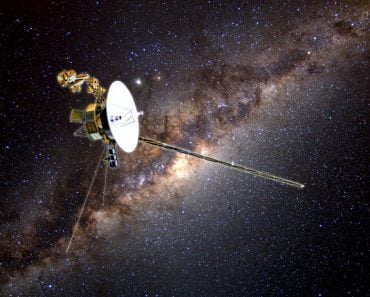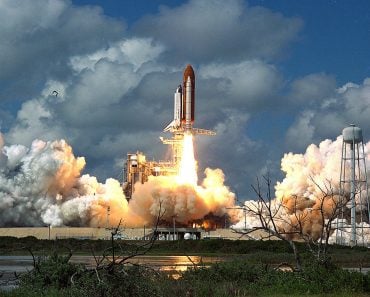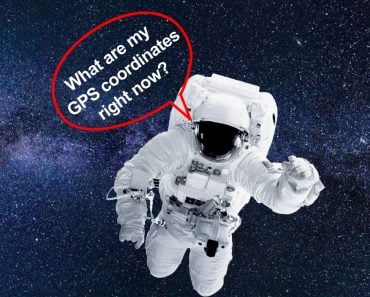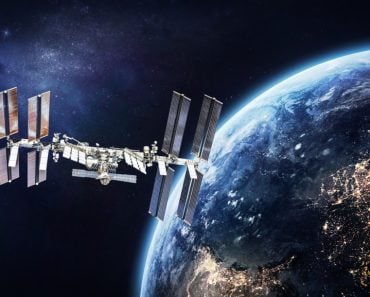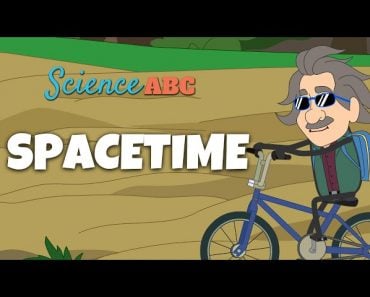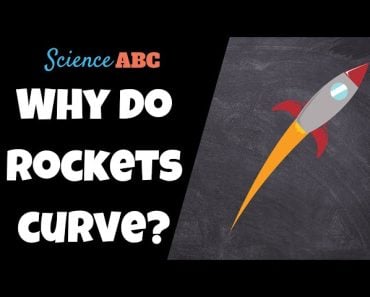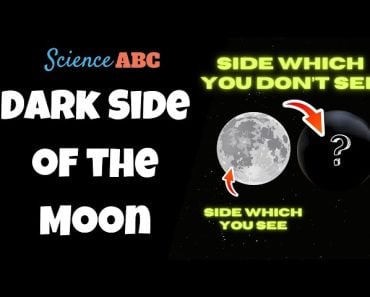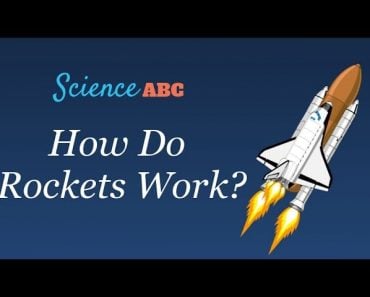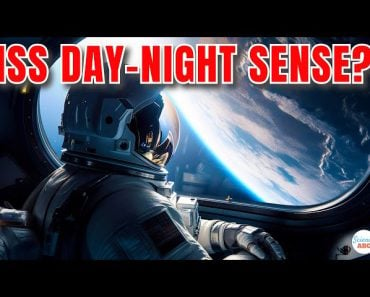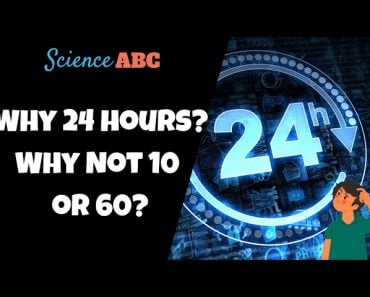Table of Contents (click to expand)
The term ‘T-minus’ is generally used during countdowns to space launches. During a NASA countdown to a rocket launch, ‘T-minus’ translates to ‘Time minus’; the ‘T’ stands for the exact time the rocket is scheduled to be launched.
I pay close attention to the ground staff and the astronauts (if it’s a spacecraft) and their actions and words leading up to the rocket’s liftoff. However, when I began watching videos of the rocket launch, I was often puzzled by the newsman’s countdown of “T-minus 10, 9, 8…” until take-off.
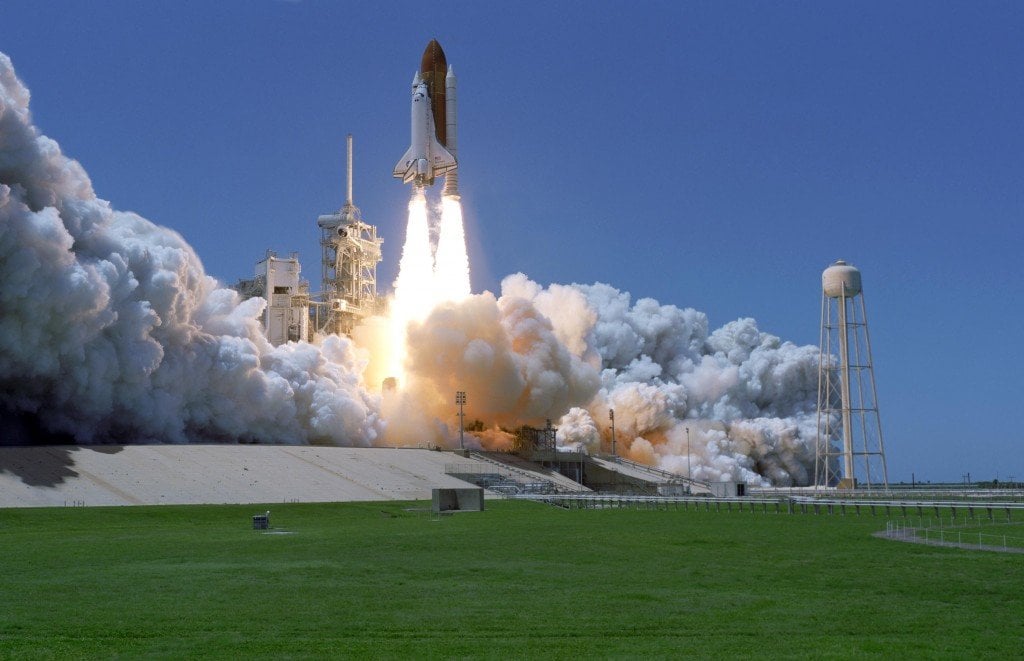
I understood it was a countdown to the rocket launch, but it took me a while to figure out why they sometimes refer to it as “T-minus” or even “L-minus.”
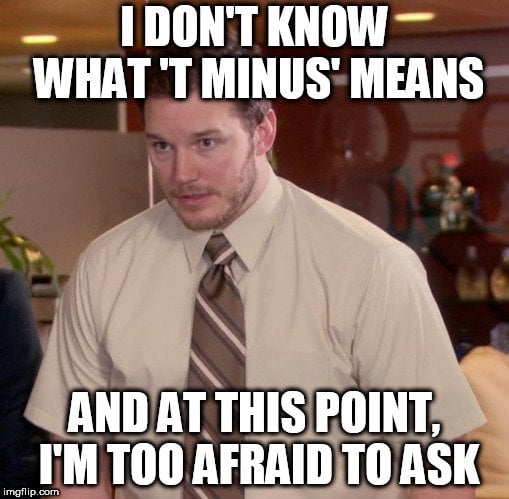
You may already know that both “T-minus” and “L-minus” are countdowns to a rocket launch, but there is an interesting difference between the two that you may not be aware of.
Recommended Video for you:
What Does T Minus Mean?
NASA is known for its iconic “T-minus” countdowns before rocket launches. It starts with “T-minus 10 hours” and then counts down to “T-minus 9 hours,” “T-minus 5 hours,” “T-minus 55 minutes,” and so on. The countdown continues until the last 10 seconds before launch, where the announcer says, “T-minus 10, 9, 8…. 3, 2, 1 and take off!”
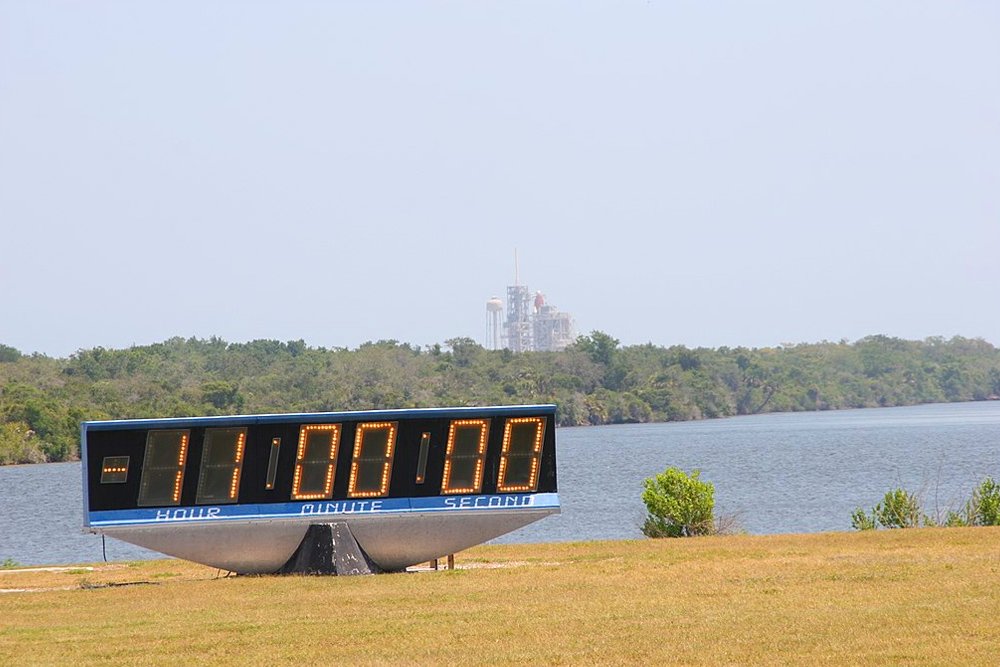
Another countdown term used in mission planning is “E-minus,” which refers to a specific event during the mission.
What Does The “T” In “T-minus” Stand For?
In a NASA countdown to a rocket launch, “T-minus” means “time minus”; the “T” stands for the exact time at which the rocket is to be launched. Technically, the “T” in “T-minus” is an indicator of the main sequence countdown time, which serves as a synchronization device for most devices and procedures that must be completed before, during, and after launch.
The “T” in the “T-minus” can also stand for “test.” Depending on the setting/situation in which it is used, the “T” may not always be related to time.
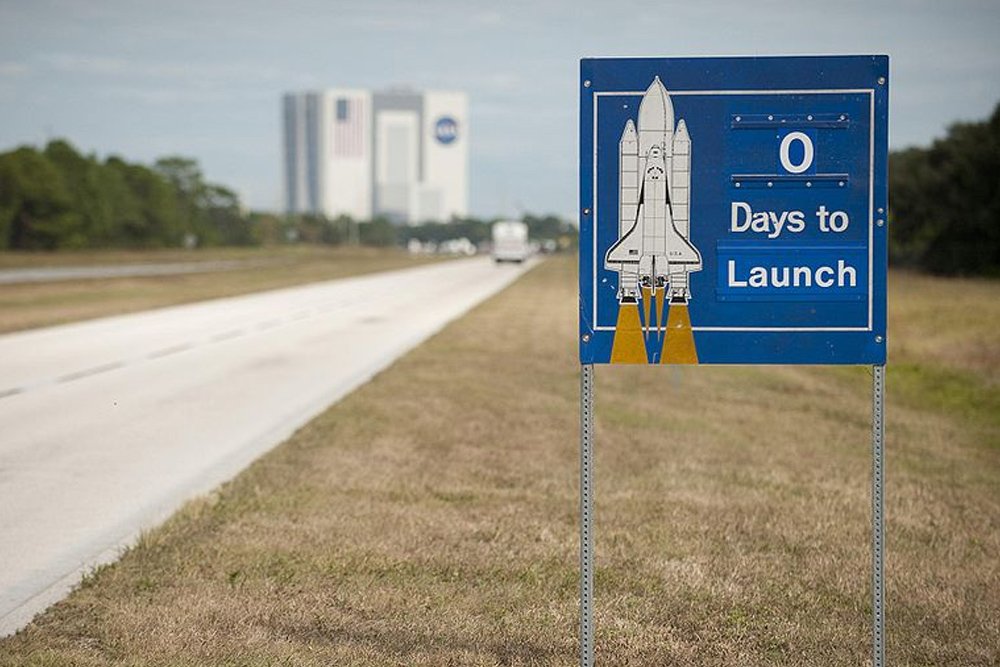
The “E” in “E-minus” stands for “encounter” or “event.” This term is used in space missions, i.e., when a satellite is already in space. If, for example, a satellite collided with a comet in 5 hours, NASA ground staff would formulate the countdown to this encounter as “E-minus 5 hours.”
What Is The Difference Between “T-minus” And “L-minus”?
The term “T-minus” refers to the time left until the official launch, as indicated on the countdown clock. Pre-planned breaks in the countdown process also pause the T-time. This means that the T-time can be stopped during these breaks.
On the other hand, “L-minus” denotes the actual days, hours, and minutes remaining before the scheduled launch. The launch happens exactly at L-0. This countdown is known as the natural countdown, and it never stops, unlike the T-time, which can be halted.
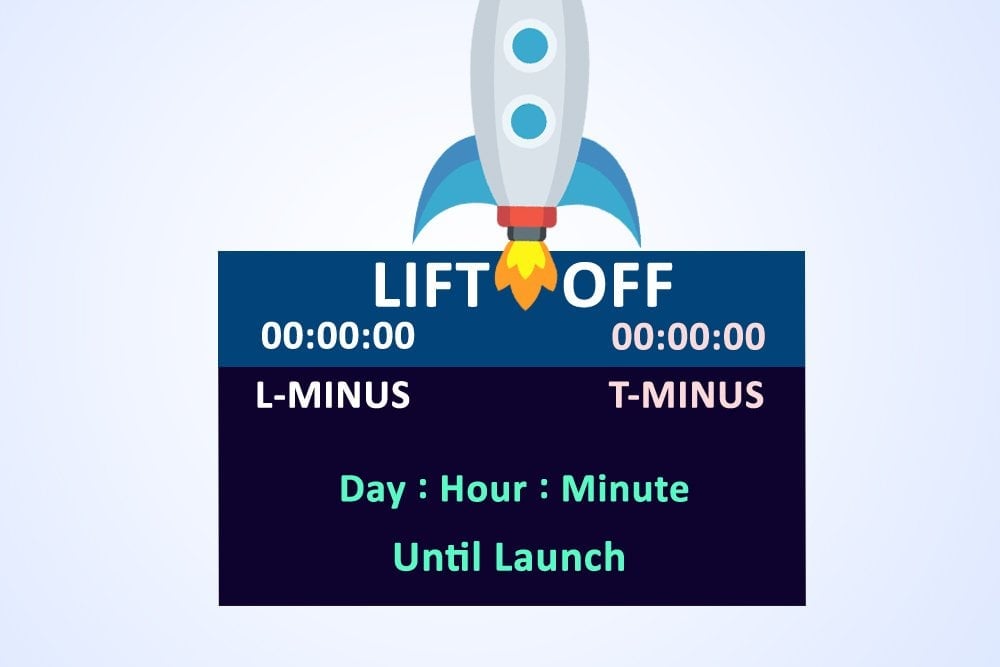
Typically, both countdowns run in perfect synchronization, and the launch occurs when both countdowns reach zero.
Therefore, the only difference between the “T-minus” and “L-minus” countdowns is the time difference between the actual time and the launch time.
Last Updated By: Ashish Tiwari


